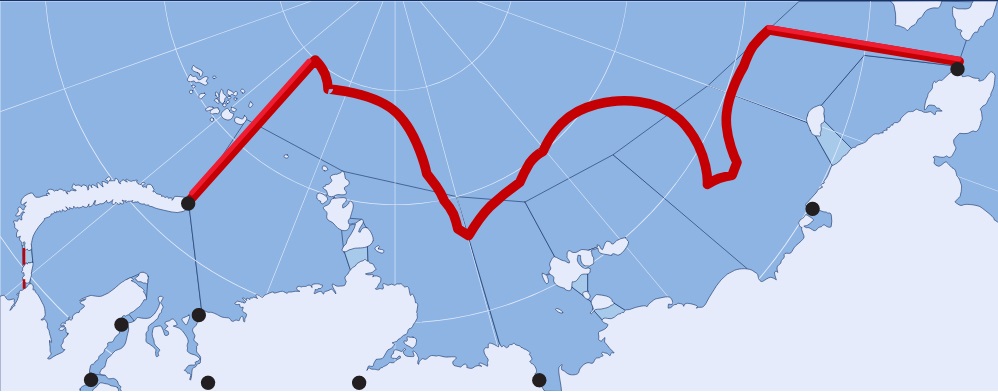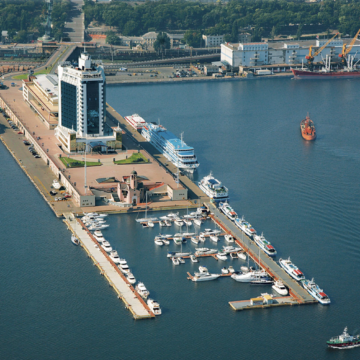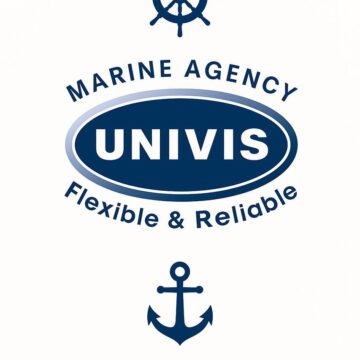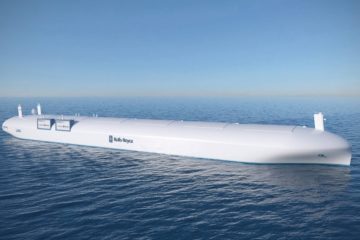

News


The Northeast Passage (NEP) has been cropping up in the international and maritime news for a while now. The theme is that NEP is the shortest route from Asian to European ports; and with Arctic ice thawing it becomes navigable all year round. However, the industry leaders rebuff to use it one by one. In addition, new US sanctions against COSCO are likely to jeopardize commercial shipping in the region even more. We have tried to figure out what are the lures and hazards of the NEP.
What is the Northeast Passage?
The NEP is an international shipping route which connects the northern Atlantic and the Pacific Oceans through the Barents, Kara, Laptev, East Siberian and the Chukchi Seas. It also encompasses the North Sea Route (NSR), the part of the Passage defined by Russian jurisdiction. The whole route is often called by the Russian name.
As for the distance, the Northeast Passage is considerably shorter than traditional route through the Suez Canal. For instance, there are 8,046 nautical miles from Shanghai to Rotterdam via NEP compared to 10 557 n.m. via the Suez Canal (24% shorter). Meanwhile, the route from Yokohama to Rotterdam is 37% shorter.
The Russian ingenious people, Pomors, have been using parts of the Passage from the 11th century. However, the first confirmed passage of the NEP was completed by the Finnish explorer Adolf Erik Nordenskiöld only in 1878 -79.
LAST NEWS

У морі – без курсу: реалії українського шипінгу
Спікери Ukrainian Transport Forum 2025 поділилися думками про те, що морська галузь в Україні втрачає конкурентоздатність, а приватні компанії змушені шукати розв’язання системних проблем самотужки. Проблеми галузі обговорили під час Ukrainian Transport Forum 2025, що проходив в Одесі в рамках колаборації АМЕУ, ЄБА та проєкту Maritime Days in Odesa. Зокрема учасники головного транспортного заходу року […]

World ports: global port construction and reconstruction projects
The global port construction market is recovering from the recession, many projects are under development and implementation. As in many other industries, the global recession had a negative impact on the seaport construction market, the construction of new ports and terminals and the reconstruction of old ones were delayed or even canceled due to a […]
Interesting: by 2033 the deadweight of the world merchant fleet will be 3 billion tons
For 13 years, the total tonnage of ships has doubled and this is not the limit. In 2006, the global merchant navy reached a billion dwt. To date, the deadweight of the world merchant fleet has passed the mark of two billion. And by 2033, three billion are predicted, but if the growth rate is […]

Seafarer’s Day 2025
Sorry, this entry is only available in Ukrainian.

Merry Christmas and Happy New Year 2025!
Dear Seafarers! We sincerely congratulate you on the upcoming Christmas and New Year! May your homes be warm and cozy, and your hearts be filled with joy and inspiration. We are grateful for your professionalism, dedication and trust in our company. We wish that the New Year 2025 will bring you new achievements, good health […]

Sea drones: a toy or the technology of the future
The crew of the average merchant vessel of the year in commercial production in 1860 is about 250 people. In 1880 there were about 140 people. By 1900, when steamships forced out the sailboats, it finally fell to 100 people. The crew of the diesel commercial vessel in the middle of the 20th century is […]

PETITION FOR SEAFARERS
Dear seafarers❗️ A petition appeared regarding the possibility of obtaining a seafarer’s passport abroad. The petition was filed by the USU organization today. Lin for signatures: https://petition.kmu.gov.ua/petitions/6082
IMPRORTANT INFORMATION
‼️Important information for seafarers regarding foreign passports‼️ Dear Ukrainian sailors who are abroad! We remind you that all citizens of Ukraine have the opportunity to renew their foreign and domestic passports at the mobile points of the DP Document Center in Europe (Italy, Spain, Poland, Czech Republic, Germany, Slovakia) and in Istanbul, Turkey! Take care […]

Interesting: Innovative Vessel Being Built for Hawaiian Marine Research
An innovative research vessel is being built for the University of Hawaii at Manoa and the University of Hawaii Foundation (UHF) on behalf of the Hawai’i Institute of Marine Biology (HIMB) to allow them to access and study marine environments in the Hawaiian Islands. The unique design of the vessel will be fundamental to meeting […]





